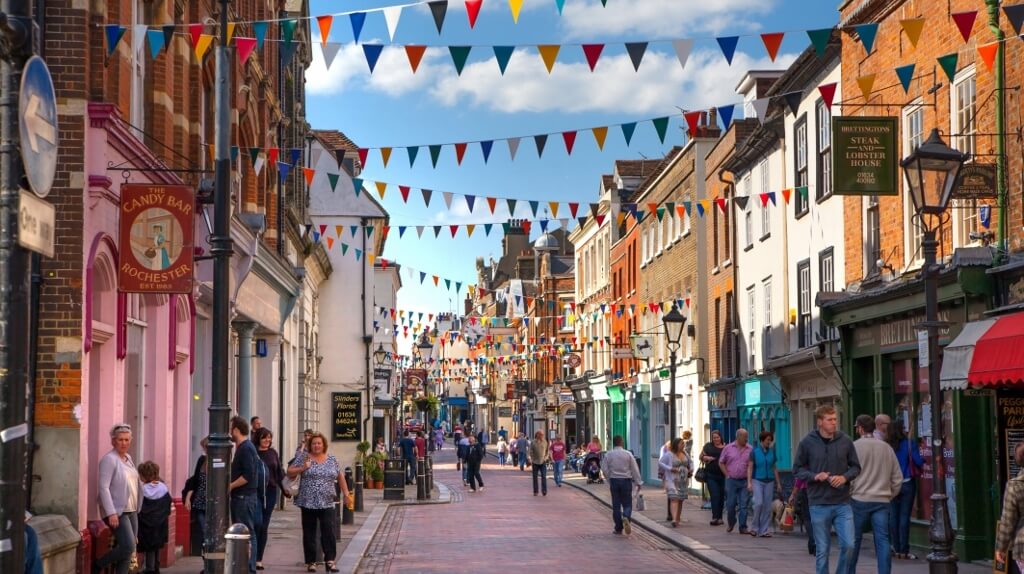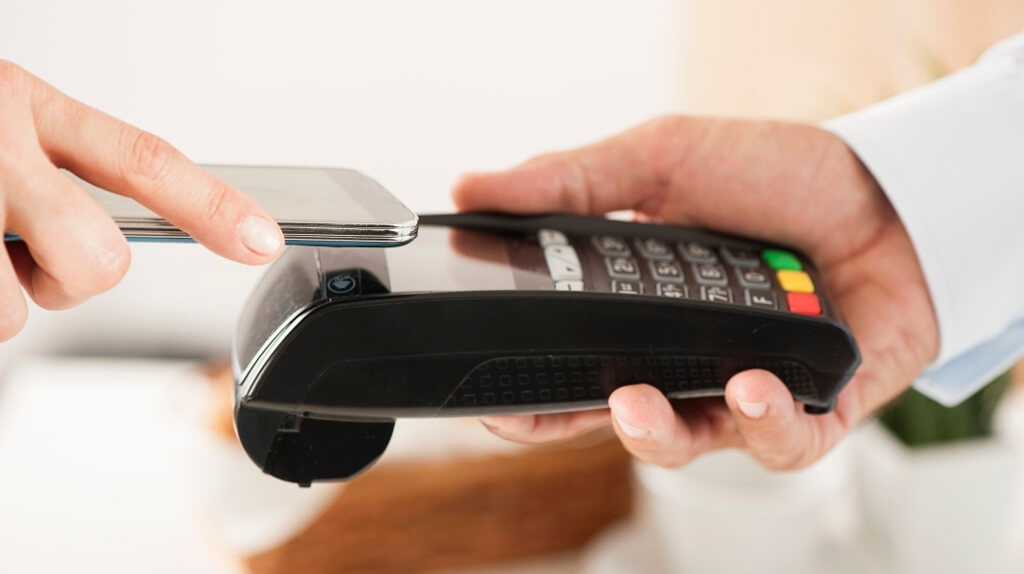Loyalty cards are the leading way for retailers to encourage repeat business, but they don't do the whole job.
How To Truly Breed Loyalty
Loyalty cards are the leading way for retailers to encourage repeat business, but they don't do the whole job.

What makes someone loyal? The fundamental question of retailing. Everything we know about human nature is that loyalty is related to a strength of bond. That sense that you are understood, your needs are met and the relationship makes you happy.
Add in economics and it becomes a more complex question. Today, shoppers want to know the household budget returns value, they want to know they have choice and access to quality when it’s important to them, and more often than not they want great service.
These attributes are defined differently from person to person. Determined by your age, your aspirations, where you live, what you earn and your dependents.
Tapping into this has been the challenge for retailers and back at the turn of the century, CRM was heralded as the saviour. Build a relationship with your customer and they will remain loyal, they will spend more and they will be happy.
Boots’ Advantage Card has always been acknowledged as the pin-up of the industry. The go to for best practice. Solid CRM engines generating regular offers, and a healthy points system that is valued.
It’s the founding principles for so many cards – from the well established Nectar to the new Sparks programme. Offer the customer something for nothing and they will visit you more frequently and stretch their spend.
However, loyalty in this guise has hit a brick wall of late. While there is undoubtedly still merit in launching programmes, there is still a gap that can’t be closed. Happiness.

Boots was one of the first high street shops to launch a loyalty card and it quickly became the gold standard
Typically, businesses hear from around 1% of their customers. By which I mean, there is direct contact from the customers to compliment or complain. And our research shows that it’s the 24 – 35 year olds who are most vocal – it’s not always a truly representative sample of the people who come through your door.
While some brands may fixate on millennials, it might actually be those nearing middle age that have more influence on how often your brand is recommended. Of course, as this generation finds its voice, so your pool of engaged customers grows provided you listen and nurture them.
But when it comes to loyalty cards, brands might not hear from any more of their customers, though they will see very specifically what a subset of the customer base is doing.
That’s why the principle has always been get more cards in people’s hands, and you’ll be able to track what they buy and how they respond to offers. You can move into a more personalised approach to relationship management.
But even so, you can’t prove they are happy. They may be loyal and you may see them often but it doesn’t mean they are satisfied with your service. In very simple terms, you could be the only option and without a competitive choice on the high street they will come to you.
On the other hand, and more likely to be true today, it’s because they have other motivations to return – get enough Nectar points this year and my Christmas shop will be free, earn my ClubCard points and I’ll be able to afford a cottage in our favourite seaside town at half term.
A free Christmas shop would make people happy, but has the process of shopping with you throughout the year made them happy too? Do they think they got good value? How can you prove it?
And of course, we are still only talking about the customers you can see - the ones that are showing you a loyalty card. When there are other ways to make the budget stretch like VoucherCloud or Quidco, the relevance of a loyalty card becomes diminished for some, not to mention the heightened awareness of privacy that many consumers are wary of today.
So how do you crack happiness short of asking every one of your loyalty card holders the question? And if you only ever hear from 1% of your customers, how can you possibly get to near 100%?
The answer lies in a simple technique of rating. Asking everyone who is about to pay for goods a single indicative question on value, service or product for example. And the best way to do this is with the card machine, a simple 0-9 rating.
For retailers it’s real-time and validated – a genuine customer, and we see on average 88% of customers choosing to rate before they pay. And for consumers it’s quick, non intrusive and anonymous.
Anonymity has a huge role to play in gathering feedback, and has been underestimated to date. Research shows that many people are cautious to share an opinion if it means that they will be bombarded with marketing in return. Others think that their loyalty will be somehow penalised – fewer points, less relevant offers - if they give honest answers that the brand might not want to hear.
This dynamic of psychology and scepticism highlights that traditional modes of feedback, although they have their place, will never truly get to the heart of things. They will never completely uncover the truth, and most importantly identify the sentiment of the majority in an authentic way.
And without the truth you can’t influence the things that will make all your customers happy. If you think about it, loyalty schemes are a way to concentrate your effort on the people who make themselves known to you – work them hard and they will work hard for you. But if you know what the majority want, and can engage every one in the debate, you can build a greater business.
That’s especially true when the insight you get can be linked to what people spent their money on. Are the happiest people getting good value on basics, or your premium brand? Or is it a combination? You can ask more specific questions armed with this knowledge - if we ran more promotions around these sets of products would we see more profit and yet not impact happiness and loyalty?
Now you have a really powerful mechanic for understanding what happy people do – regardless of whether they have a loyalty card or not.
Loyalty cards are an important part of the British retail market and I think they are here to stay. But with ratings you can truly create a loyalty scheme that’s rich for those that want to make themselves known, and still create a brand that’s engaging for those that don’t.
So the conclusion is simple. If we blend our options on recording and responding to customers then we can build a stronger model for loyalty. One that breeds happiness and more profit.
Thanks for signing up to Minutehack alerts.
Brilliant editorials heading your way soon.
Okay, Thanks!


